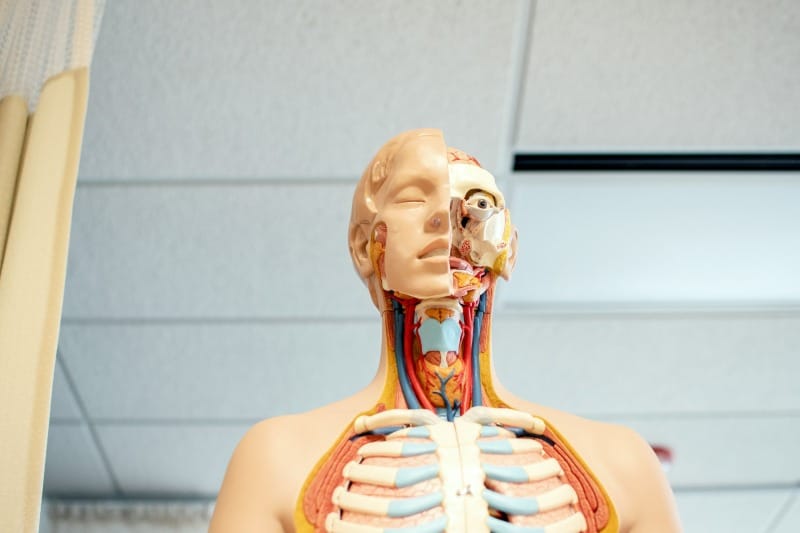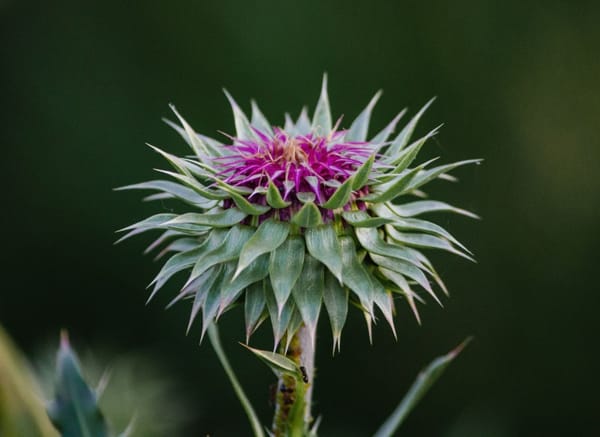Traditional Chinese medicine (TCM) is an ancient healing system that has been practiced for thousands of years. Rooted in Taoist philosophy and keen observation of nature, TCM offers a holistic approach to health and wellness that is gaining renewed interest in the modern world. Let's explore the key principles and practices that make up this time-honored medical tradition.
Key takeaways:
• TCM views health as a state of balance between opposing forces in the body
• Core concepts include qi (vital energy), yin and yang, and the Five Elements
• Diagnosis involves examining the whole person, not just isolated symptoms
• Treatment aims to restore balance through herbs, acupuncture, and lifestyle changes
• While some aspects are backed by research, more studies are needed on efficacy and safety
The foundations of TCM
At the heart of TCM is the concept of qi, the vital life force that flows through the body. According to TCM theory, health depends on the smooth flow of qi through a system of channels called meridians. Blockages or imbalances in this flow are thought to cause illness.
TCM also emphasizes the complementary forces of yin and yang. Yin represents the cold, slow, or passive aspects of the body, while yang represents heat, excitement, and activity. Health is achieved when yin and yang are in relative balance.
The Five Elements theory is another important framework in TCM. It associates different organs, emotions, and other aspects of health with five elements: wood, fire, earth, metal, and water. This system helps practitioners understand relationships between different parts of the body and environment.
Diagnosis in TCM
Unlike Western medicine's focus on specific symptoms, TCM takes a more holistic approach to diagnosis. Practitioners examine the whole person, including physical symptoms, emotions, diet, and lifestyle. Key diagnostic methods include:
• Observation - Examining a patient's face, body, demeanor, and tongue
• Listening and smelling - Noting voice quality, breath odor, and other sounds
• Asking - Gathering detailed information about symptoms and lifestyle
• Touching - Feeling the pulse and palpating parts of the body
Based on this information, the practitioner identifies patterns of disharmony and develops a personalized treatment plan.
TCM treatment modalities
Treatment in TCM aims to restore balance and promote the body's natural healing abilities. Common therapeutic approaches include:
Herbal medicine: Complex formulas of plant, animal, and mineral substances are prescribed to address specific patterns of disharmony. These may be given as teas, powders, pills, or topical preparations[1].
Acupuncture: The insertion of thin needles at specific points along meridians is used to influence the flow of qi. Research has shown acupuncture to be effective for certain conditions like chronic pain[2].
Moxibustion: The herb mugwort is burned near acupuncture points to warm and stimulate qi flow.
Cupping: Suction cups placed on the skin are believed to remove stagnation and promote blood flow.
Tui na: A form of therapeutic massage that works with acupuncture points and meridians.
Dietary therapy: Foods are prescribed or restricted based on their energetic properties according to TCM theory.
Mind-body practices: Exercises like tai chi and qigong combine movement, breath, and meditation to cultivate qi.
TCM in the modern world
While TCM has a long history of use in China and other Asian countries, it has gained popularity worldwide in recent decades. The World Health Organization has endorsed the inclusion of traditional medicine practices in national health systems[3].
However, TCM faces challenges in gaining acceptance within the Western medical establishment. While some aspects, like acupuncture for pain relief, are backed by clinical research, many TCM concepts and treatments lack rigorous scientific evidence. There are also concerns about quality control and potential toxicity of some herbal products[4].
Despite these challenges, TCM offers valuable perspectives on holistic health that complement Western medicine. As research continues, integrating the wisdom of TCM with modern medical knowledge may lead to more comprehensive approaches to health and healing.
For those interested in exploring TCM, it's important to consult qualified practitioners and inform your conventional healthcare providers about any treatments you pursue. With proper guidance, TCM can be a valuable tool for promoting wellness and addressing health concerns.
Citations:
[1] https://www.ncbi.nlm.nih.gov/pmc/articles/PMC5060915/
[2] https://www.britannica.com/science/traditional-Chinese-medicine
[3] https://www.ncbi.nlm.nih.gov/pmc/articles/PMC2856612/
[4] https://www.wildearthacupuncture.com/blog/2023/12/12/basics-of-chinesemedicine
[5] https://taiji-forum.com/traditional-chinese-medicine/interview-tcm/














Member discussion